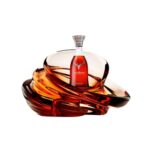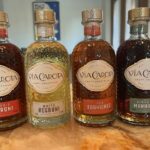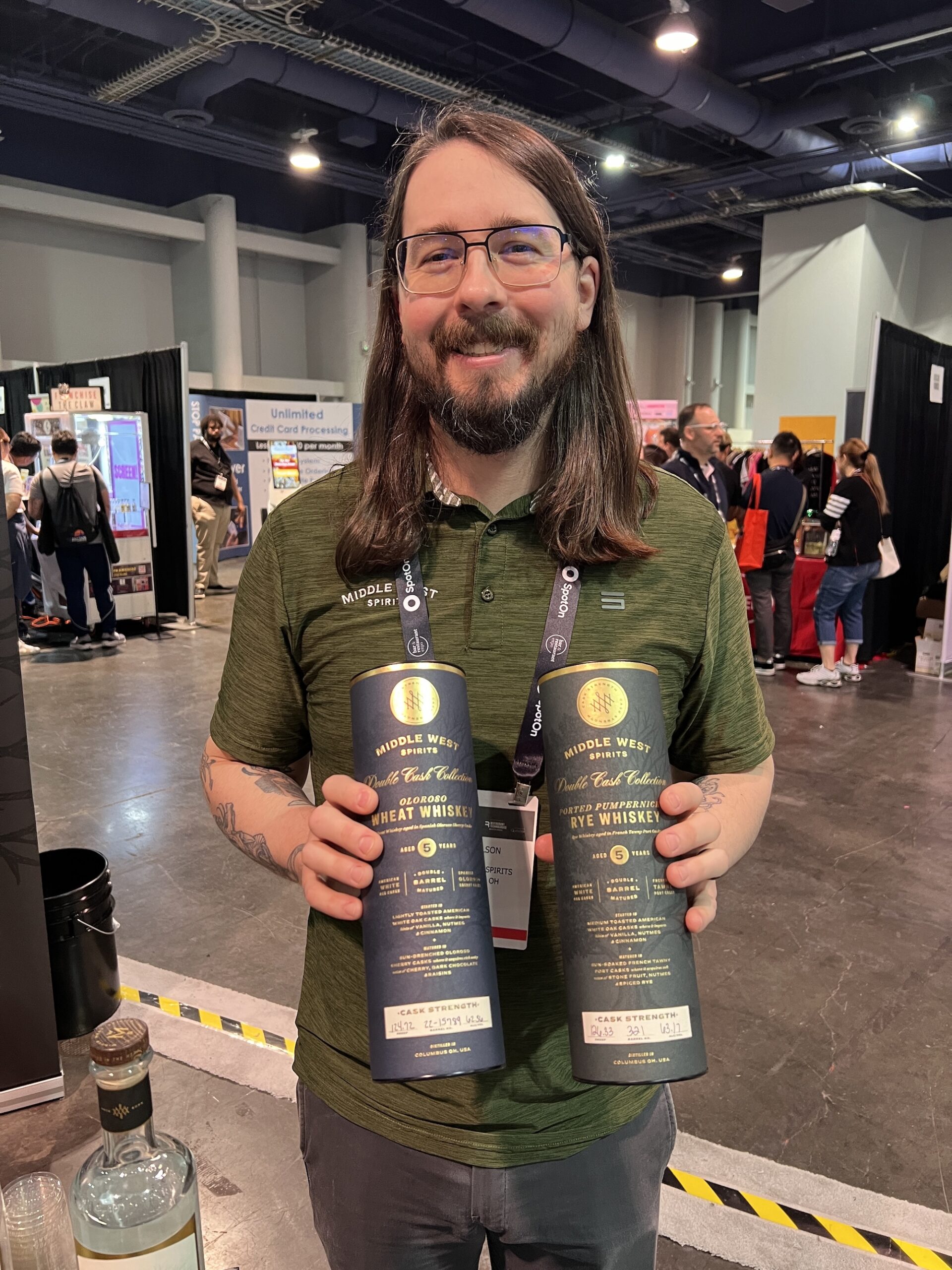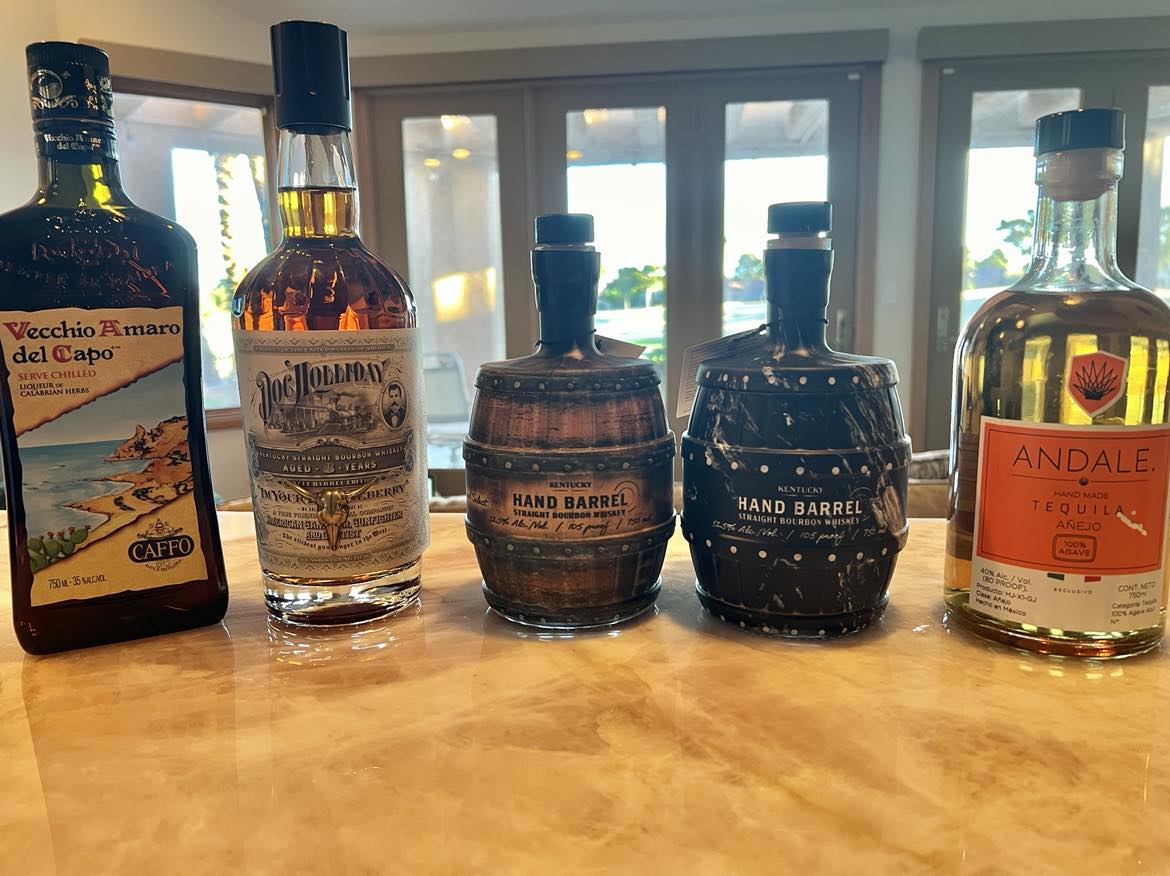If I like an American-made Sauvignon Blanc, which grape did we snag from France to make it here? And which wine should I try from France if I like the American-made counterpart? And why are they called different names if they’re made from the same grape varietal?
This is the kind of thing that will make a wine 101er throw in the towel. But, it’s not too tough to remember. I knew most from querying Guy Lelarge, my wine guru that owns Valencia Wine Company, DiMaggio Washington, my WSET instructor that owns The Cellar, the SCV Vintners and Growers Association…and the handy maps from my WSET textbooks.
Here’s your cheat sheet that answers the first question, what our grape varietal in America is called in France:
Chardonnay is Chablis
Pinot Noir is Burgundy
Cabernet Sauvignon is Bordeaux
Merlot is Bordeaux
Sauvignon Blanc is Sancerre
Syrah (Shiraz in Australia) is Rhone (Think Chateauneuf-du-Pape)
Grenache, Mourvedre (With Syrah we commonly call a GSM blend) is also a Rhone.
But, now that you have that in your noggin, add this to answer the other questions: The word IS can be replaced with the word FROM.
The French realized early on the way we bastardized all of our red wines as Burgundies and our whites as Chablis. But, Americans most notably had to change out many bottles of “our Champagne” and call it sparkling. Made from the same grape varietals (Pinot Noir and Chardonnay ), in the same Champenoise method, but NOT made in Champagne’s region.
So, there you have it in simplistic terms. The next time you are faced with a French label, you’ ll know that if you like a Cabernet you should try a Bordeaux.
Now, about Chile, they have a great Carmenere that is considered their Bordeaux (as that’s where they got the grape), which is our Cabernet and Argentinian’s Malbec. All great “Bordeaux” grapes. But, as is any wine, the final outcome is contingent on climate, winemaker, etc.
Let the tasting begin!











When you drink White Burgundy wine it is Chardonnay ,when you drink Chablis you also are drinking Chardonnay. In France the varietal was not mention what was mention was the place where the wine are grown. That why Chablis and Burgundy whites are the same grape chardonnay made in different styles and different soils and with different flavors.
They are distinctive wines made to reflect de terroir (the soil).
A votre santé Eve
juan
Juan Alonso
Le Chene French Restaurant
12625 Sierra Hwy
Santa Clarita, CA 91390
(661) 251-4315
Thanks for letting me publish your comment Juan, adding your name to the ever-growing list of people I have learned so much from!
This is so wrong. There is Chardonnay outside the area of Chablis and s. Blanc outside Sancerre… it can only be called Sancerre or Chablis IF it is made in those areas.
Pouilly-fume for example is a French Sauvignon blanc
Sorry I wasn’t clear.